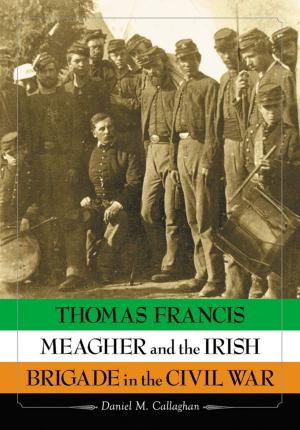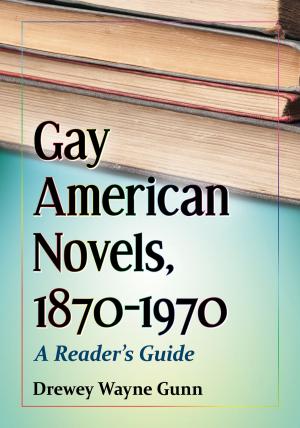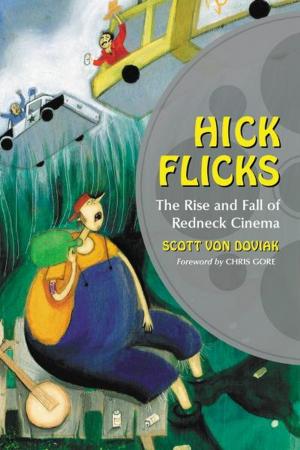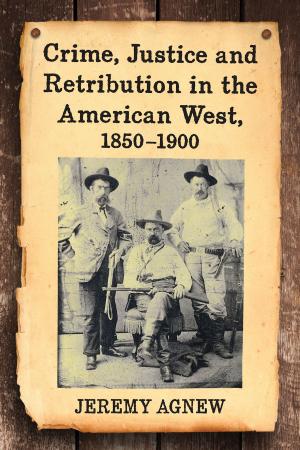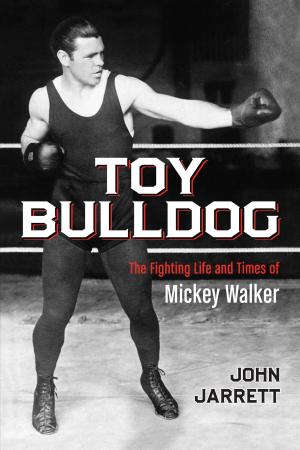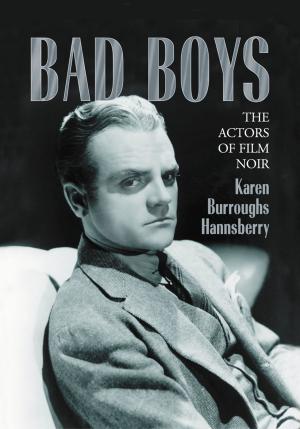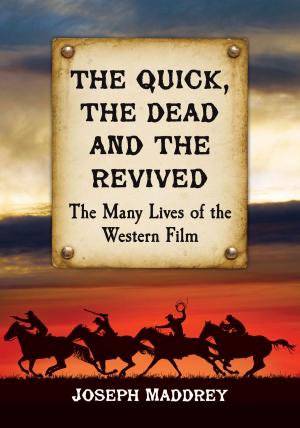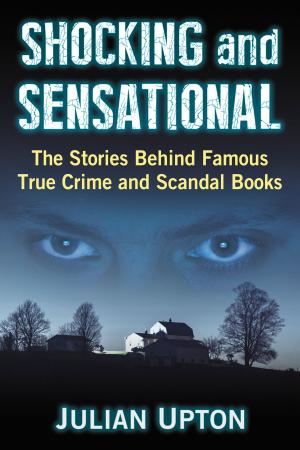I Am Legend as American Myth
Race and Masculinity in the Novel and Its Film Adaptations
Fiction & Literature, Literary Theory & Criticism, Science Fiction, Nonfiction, Entertainment, Film| Author: | Amy J. Ransom | ISBN: | 9781476632674 |
| Publisher: | McFarland & Company, Inc., Publishers | Publication: | July 10, 2018 |
| Imprint: | Language: | English |
| Author: | Amy J. Ransom |
| ISBN: | 9781476632674 |
| Publisher: | McFarland & Company, Inc., Publishers |
| Publication: | July 10, 2018 |
| Imprint: | |
| Language: | English |
Richard Matheson’s 1954 novel I Am Legend has spawned a series of iconic horror and science fiction films, including The Last Man on Earth (1964), The Omega Man (1971) and I Am Legend (2007). The compelling narrative of the last man on earth, struggling to survive a pandemic that has transformed the rest of humanity into monsters, has become an American myth. While the core story remains intact, filmmakers have transformed the details over time, reflecting changing attitudes about race and masculinity. This reexamination of Matheson’s novel situates the tale of one man’s conflicted attitude about killing racialized “others” within its original post–World War II context, engaging the question of post-traumatic stress disorder. The author analyzes the several film adaptations, with a focus on the casting and interpretations of protagonist Robert Neville.
Richard Matheson’s 1954 novel I Am Legend has spawned a series of iconic horror and science fiction films, including The Last Man on Earth (1964), The Omega Man (1971) and I Am Legend (2007). The compelling narrative of the last man on earth, struggling to survive a pandemic that has transformed the rest of humanity into monsters, has become an American myth. While the core story remains intact, filmmakers have transformed the details over time, reflecting changing attitudes about race and masculinity. This reexamination of Matheson’s novel situates the tale of one man’s conflicted attitude about killing racialized “others” within its original post–World War II context, engaging the question of post-traumatic stress disorder. The author analyzes the several film adaptations, with a focus on the casting and interpretations of protagonist Robert Neville.


